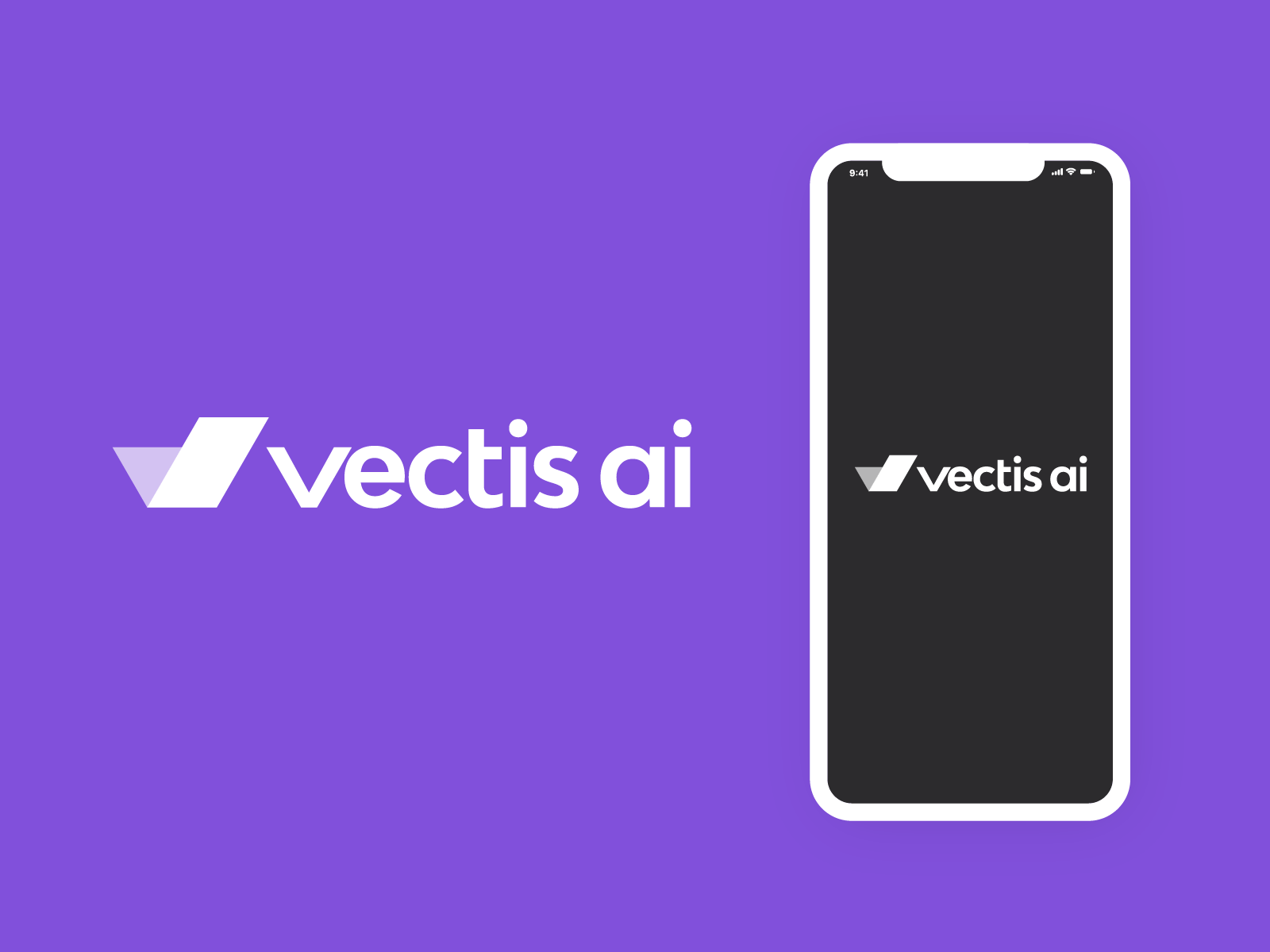Fast facts
- Name: Pinkpop Festival (or PINKPOP)
- Years active: 1970 – present
- Key people: Jan Smeets (founder)
- Key stakeholders: Artists, visitors, sponsors, media, employees and suppliers
- Revenue: €9 million in 2017 (from tickets, without sponsor funding)
- Logo designer: Bert Abell
Branding strategies
Literally, Pinkpop means “pop with pentecost”. Pop in Dutch can also mean doll, which is why the logo became a full-body female doll with black curls and a pink blouse. While it had seemed like a good idea, it was criticized for being too childish and unrelated to Pentecost.
After the first three years, they decided to change the logo and removed the doll’s body. Now, the logo can no longer be imagined separately from the festival. According to founder Jan Smeets, “Ultimately, the logo became stronger than the complaint.”
Pinkpop is convinced that the public and the music should always come first. Visitors should fully enjoy the festival’s music and performing artists should have a good time as well. Next, the organization values corporate social responsibility. In 2008, they received the Green n’ Clean award for meeting a set of sustainable management requirements. They strive to work on these requirements every year.
Furthermore, Pinkpop frequently makes it to headlines, and that is often for hiring big international artists such as Coldplay, The Rolling Stones, and Justin Bieber. Strong line-ups have helped the organization become well-known (inter)nationally, and get a strong competitive advantage.
Brand opportunities and threats
Pinkpop will also need to decide how it deals with certain threats. For example, there are many festival competitors (i.e. Lowlands and Zwarte Cross), substitute goods, and an uncertainty in society.
In a research conducted through interviewing Dutch festival-goers, brand equity concluded as most important for loyalty. Brand equity can include brand image, social value, and festival atmosphere associations. Other aspects like ticket price seemed to be less important. Therefore, Pinkpop has to constantly nurture its brand reputation in order to stand strong against competition and other substitutes.
The festival also has opportunities in improving the brand by focusing more on sustainable practices. At the moment, they aren’t presenting their current progress as proudly as their history, though both are equally important. In 2019, Pinkpop announced on Twitter to have started using biodegradable drinking cups. However, sustainability doesn’t seem to be their priority and is not mentioned on their website. They have one of the highest festival attendance rates and are bound to create a lot of waste.
Conclusion
Pinkpop is a successful and established brand. They have been around for decades and are often mentioned in the media. It is likely that every Dutch person has heard of Pinkpop, whether they have gone or not.
Out of all their 50 editions, over half of them were sold out. Before the pandemic, they held a festival every single year, putting them in The Guinness Book of Records in 1990. Hopefully, after two missed years, next year people can have a blast again at Pinkpop!


